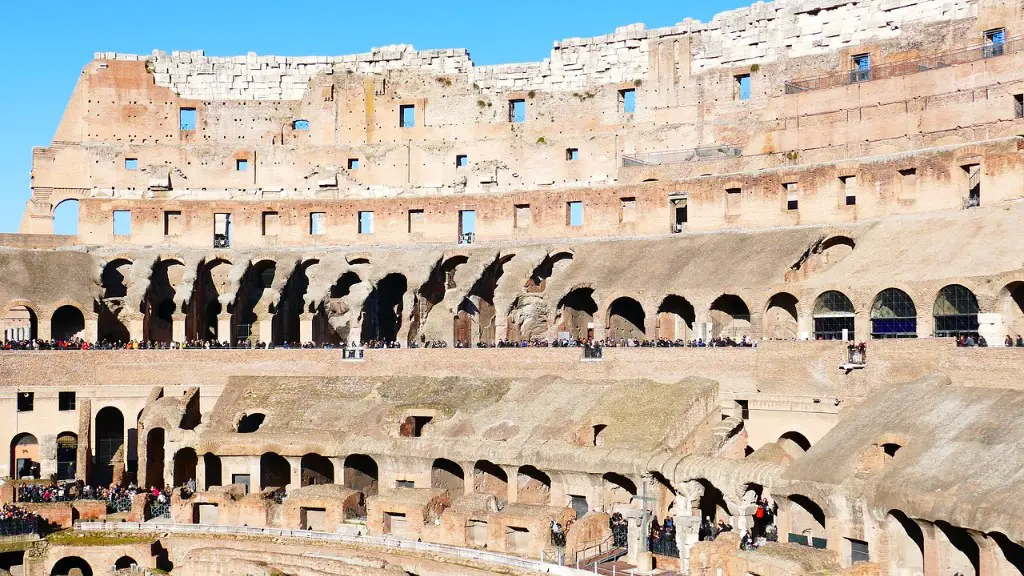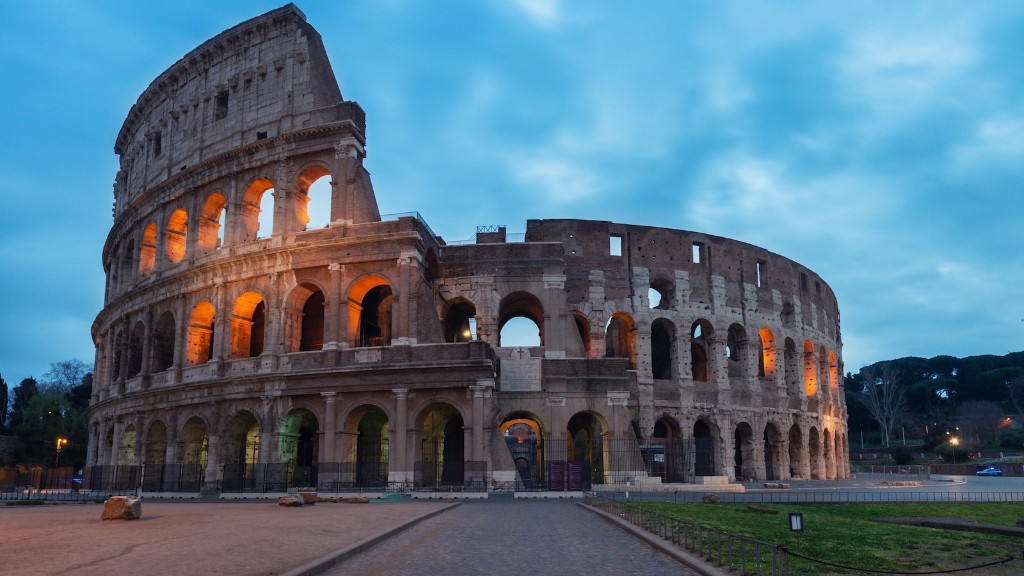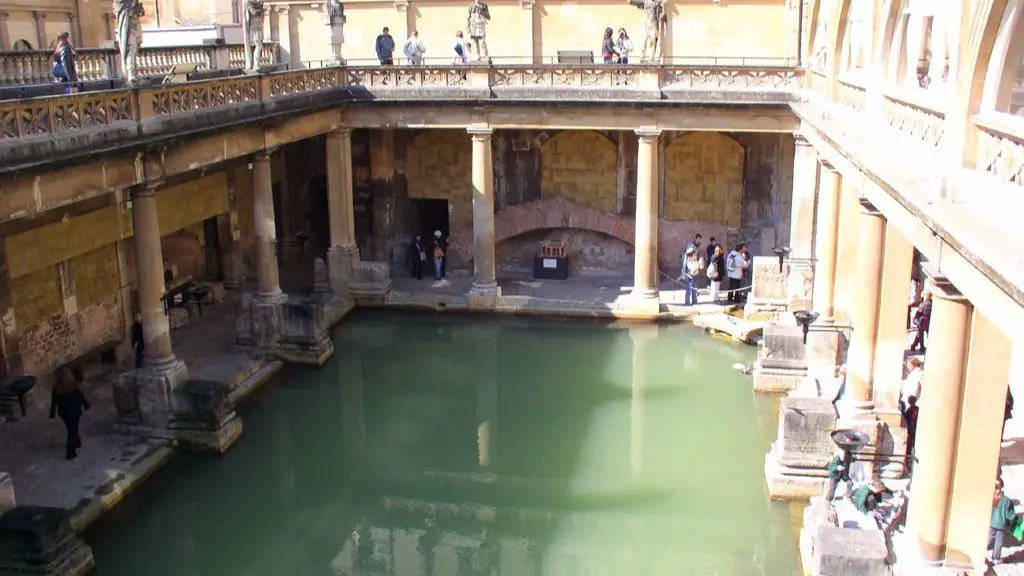The Roman Triumphal Arches were a glorious symbol of power, prosperity and victory in Ancient Rome. The arches were often seen as a symbol of glory, either to commemorate the greatness of a victorious Emperor or to honor members of the Senate and the Roman people. They embodied the pride, ambition and achievements of the Roman Empire and served as a reminder of the Roman power and influence in the world.
The history of Roman triumphal arches dates back to the 2nd century BCE, when the Romans started to build them to celebrate victories in war. They were a reminder of the glory and success of the Roman Empire and its conquests, offering a grand memorial to Roman historical events. One of the most iconic Roman triumphal arches is the Arch of Titus, which was constructed in 81 AD to commemorate the victory of Emperor Titus in 70 AD against the Jewish people. The Arch of Titus was adorned with carvings and reliefs that depicted the triumphal parade of Emperor Titus and his victorious legions.
The triumphal arches of Ancient Rome served several functions. First and foremost, they served as a visual representation of the power of the Roman Emperor, who, by creating such a lasting structure, was proclaiming his greatness and establishing his legacy. On a larger scale, the archs also served as a reminder of the might of the Roman Empire and its military conquests. The impressive architecture, decorations, and sculptures on the arches conveyed the grandeur and grandness of the Empire. The Triumphal Arches also served as an inspirational symbol, inspiring patriotism and loyalty to the Roman Empire. Finally, Roman Triumphal Arches were also used for ceremonial reasons and for the processions of triumphant rulers, senators and generals.
The design of the triumphal arches was complex and commanding. The most typical structure was composed of a single arch and typically two columns, but the structure could also be composed of multiple arches and other elements. The arches were decorated with many sculptures and carvings of important figures such as the god Jupiter and of iconic scenes such as Roman battles. The material used to construct most of the arches was marble, but there are also examples of arches made of stone and even bronze. Regardless of the materials used, the arches were usually carefully crafted and closely resemble works of art.
The triumphal arches of Ancient Rome played an important role in spreading the glory of the Roman Empire. Each of these structures serves as a reminder of the Roman Empire’s strength and influence in history, and many still remain today. While the function of these arches has changed over time, their purpose remains the same: to showcase the greatness of the Roman Empire and to inspire patriotism.
Symbolism of the Triumphal Arches
The Triumphal Arches also were important symbols of the Roman power and accomplishments. It symbolized a victorious ruler and was seen as a representation of the achievements of a great ruler. The decorations, sculptures and inscriptions on the arches also embodied a sense of glory and greatness to the Romans. The arches were also a reflection of Roman culture and its values. It was often a symbol of Rome’s strength and courage, depicting scenes of mythical battles and symbols of Roman gods. The arches were also used as a tool to spread Roman imperialism, as its decorations often depicted the conquered lands and peoples of the newly acquired territories.
Triumphal Arches in Popular Culture
The Triumphal Arch has been repeatedly used in literature, art and popular culture as a symbol of Roman glory and power. From the novels of Julius Caesar to the works of the Italian renaissance, the Triumphal Arch has been a constant presence. It has been featured in theatrical performances, in art, and even in video games. Its grandeur and symbolism have given it a special place in popular culture, inspiring awe, admiration and a sense of pride among the Roman people.
Modern Uses of the Triumphal Arches
Today, the Triumphal Arches are still a powerful symbol of Rome and its greatness. In modern times, the Arch has become a popular design element for monuments, public buildings and other structures around the world. It is also used in various events and ceremonies, such as sporting events, military parades and state funerals. Additionally, the arch is still used in the architecture of significant public buildings, such as those of banks, universities and government buildings.
Legacy of the Triumphal Arches
The Triumphal Arches of Ancient Rome have left an indelible mark on history and popular culture. Their imposing structures, decorations and sculptures have been immortalized in art, literature, and film. They have served as reminders of Rome’s power and of its greatness. The Triumphal Arches continue to captivate people worldwide and, no doubt, their legacy will continue for many centuries to come.


